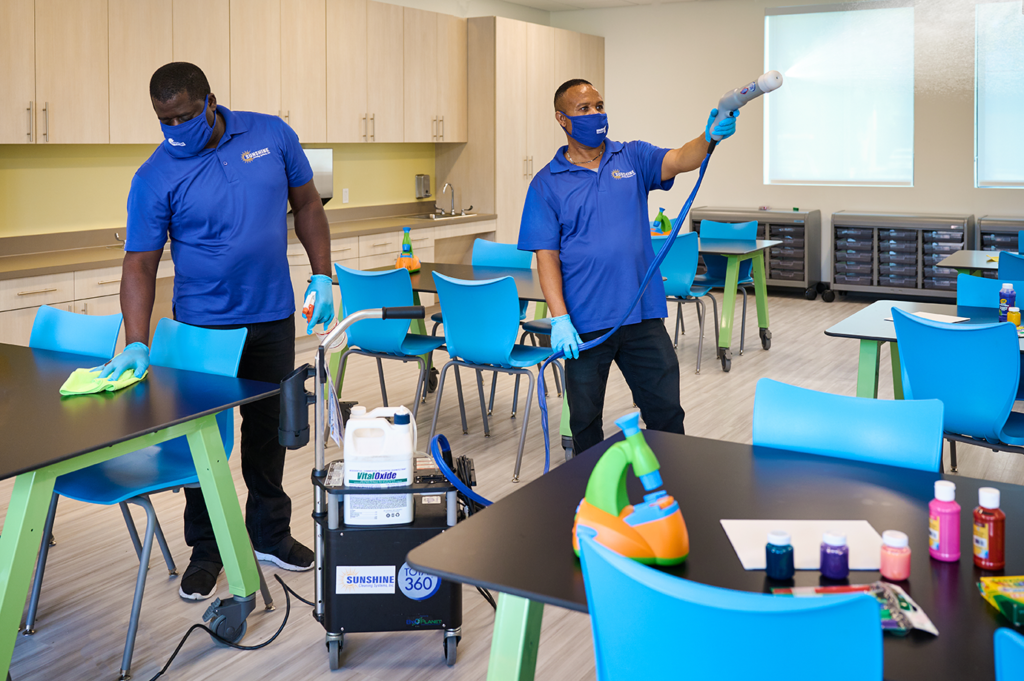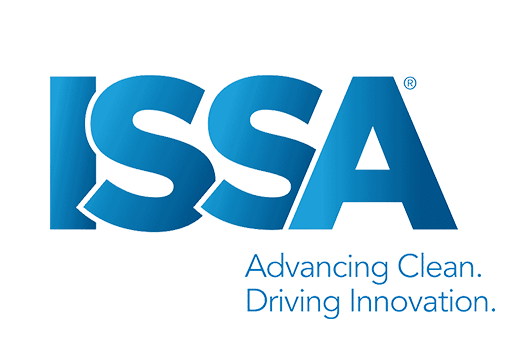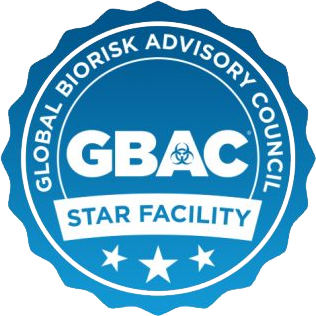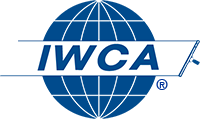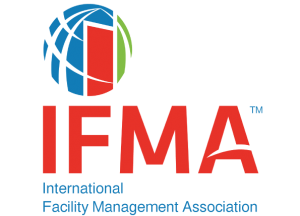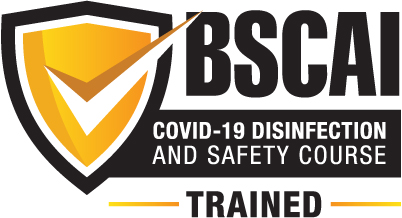Sunshine has always used the effective method.
Although adapted by the automotive and manufacturing industries, electrostatic spraying technology was first developed in the 1930s for agricultural purposes. More efficient and effective than traditional spraying techniques, electrostatic spraying began as a way to care for crops. More recently the COVID-19 pandemic resulted in an explosion in the popularity of electrostatic sprayers as a way to disinfect surfaces and prevent the spread of infection diseases.
The global trade association for the cleaning industry, ISSA, conducted a study that found 72% of all cleaning professions experienced a demand for COVID-19 related disinfection services and 80% of those professionals used electrostatic sprayers. The global electrostatic spraying market, reported by Grand View Research, has become a $1.1 billion industry and is expected to grow each year by more than 14% through 2028. Even the Centers for Disease Control and Prevention (CDC) recommends the use of electrostatic sprayers as an effective method for disinfecting surfaces in healthcare settings.
In a process called induction charging, spray particles become positively charged as they pass through the spraying nozzle, creating an electrostatic field around them. These positively charged droplets are then attracted to negatively charged surfaces, including walls, floors, even the undersides of desks. Once they land on surfaces, the droplets dry quickly, killing viruses, bacteria or other microorganisms that may be present. The American Journal of Infection Control published a study in 2021 that found electrostatic spraying to be 99.99% effective in reducing contaminants.
The leaders at Sunshine have known about the effectiveness of electrostatic spraying since 2009 and have applied the method for our customers ever since. When demand for disinfecting services soared during the pandemic, we were ready. We use it for removing infectious germs from all surfaces in all settings, from offices and schools to public bathrooms, airports, and other crowded, high-touch areas.
Electrostatic spraying has come a long way since the 1930s, but it remains a highly effective way to keep all nooks and crannies clean and help prevent the spread of infectious diseases. To be most effective, we recommend that settings with high traffic, such as public spaces and schools are treated on a regular basis. Many customers request the process for periodic deep cleaning, as it’s an effective way to rid a space of a musty smell or disinfect after a confirmed outbreak of a contagious virus.

